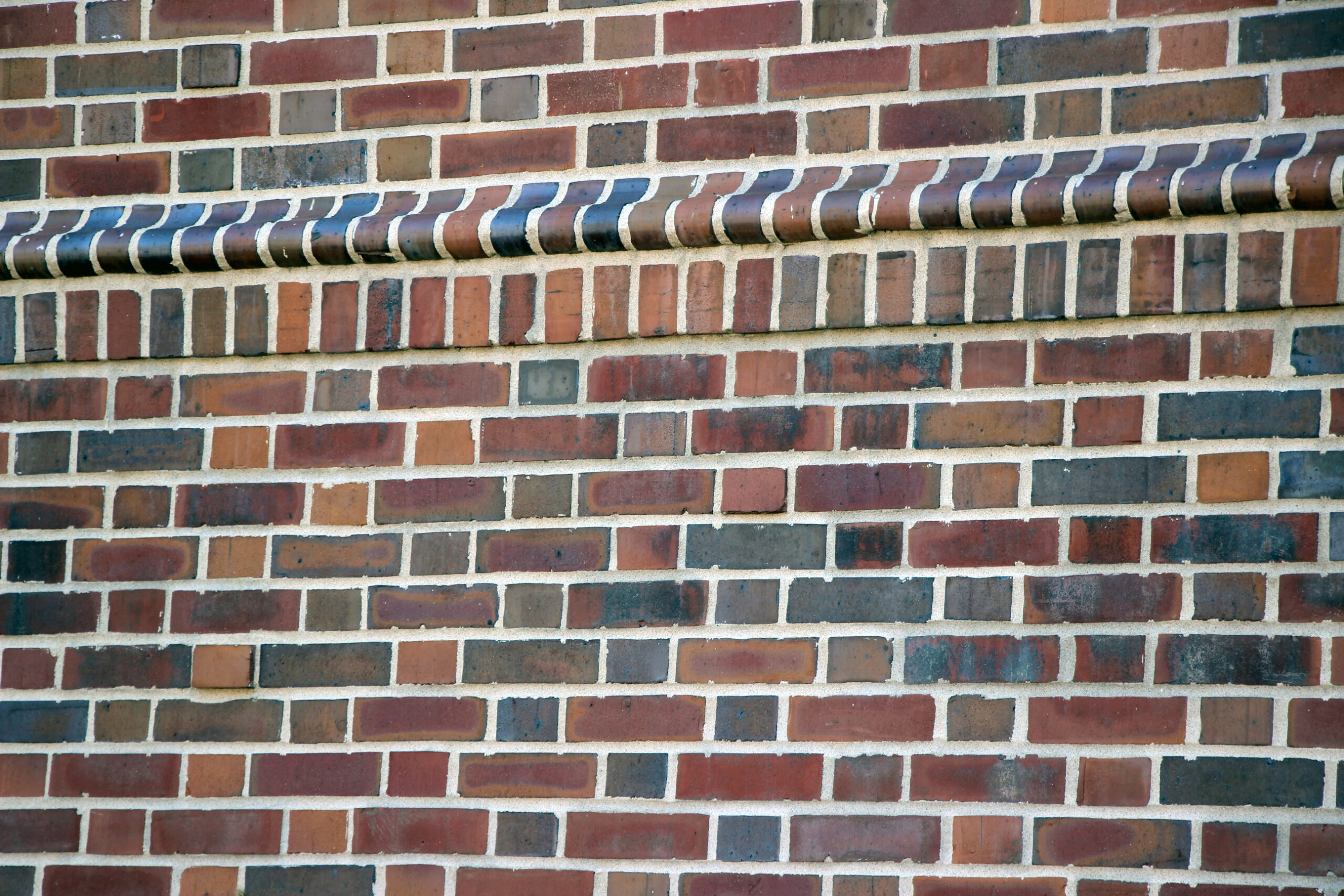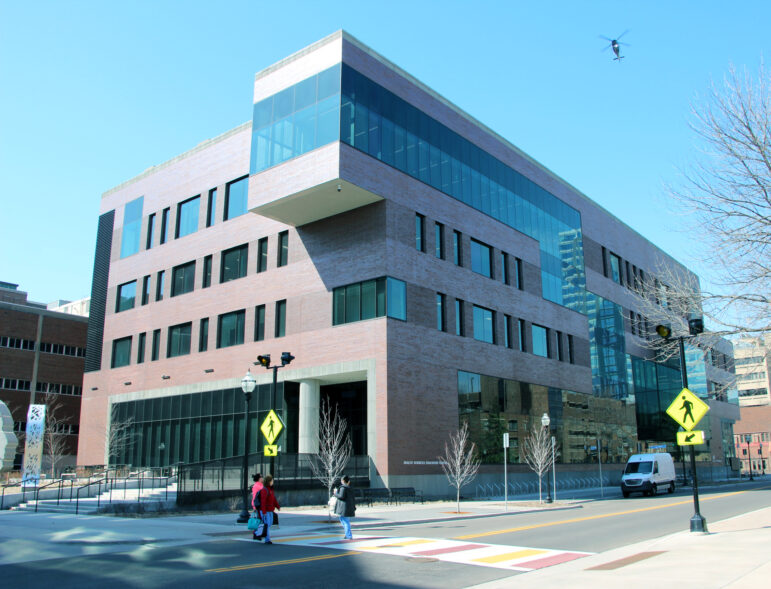

Share
On March 11th, Apprenticeship Minnesota hosted a virtual panel discussion of women in the building and construction trades. An information expo afterward included programs hosted by Women Building Success, Building Strong Communities, and Metro Workforce Region 4. Panelists discussed what it’s like to be a woman in the trades, the benefits of working in the trades, and the disparities between men and women. Women are less likely to be in an apprenticeship—only 7.2% of registered individuals in apprenticeships are women.
Breana Henry was at the panel and is in her first year of her apprenticeship with Building Strong Communities. “They’ve prepared me for everything that I’ve faced in the trades,” said Henry. She appreciated the program’s emotional intelligence class. “If you learn people and patience, you can go really far in the trades,” she said. “Going past something with a friend and being like, ‘I helped build that, I was at the top of that building,’ that’s my favorite part.”
Minnesota has seen efforts to recruit women into building and construction before. Thousands of women from around the country attended the Trades Women Build Nations conference in Minneapolis in 2019. The Minnesota Human Rights department also set labor participation goals for the Southwest LRT project at 20% for women and 32% for people of color.
These programs have become key in offsetting the gains made by women. Women are being impacted by the COVID-19 pandemic so much that a leading women’s policy researcher has called it a “shecession.” Women were struggling to make ends meet before the pandemic, have suffered more job losses than men due to the pandemic, and have been leaving the workforce because of their role as traditional caregivers, with women of color being most affected.
Industries dominated by women have seen the most job losses, but industries that are traditionally dominated by men have also seen losses. In April last year, thousands of women left their jobs in construction. Highway, street, and bridge construction saw a loss of around 3,200 women employees, but by May, 2,400 employees gained jobs. However, heavy and civil engineering construction saw a loss of around 7,700 women employees, and hasn’t regained as many jobs.
Panelist Marisa McAndrew started out as a single parent of two working at a hospital when she met an electrical worker who encouraged her to look into the trades. Her biggest concern was childcare. “They understand home life,” she said. “Will I be able to keep the job and still start at a later time if I have to go pick up my kids if they get sick? That was the biggest obstacle for me.”

Connie Smallman has been in construction for 34 years as an Operating Engineer working with heavy machinery. She is co-founder and co-chair of the Operating Engineer Local 49 Women’s Group, where she represents Local 49 at an international level and educates operators on how to start women’s groups. At the panel, issues like childcare came up. Smallman said employers should work with organizations to open up childcare options. In addition to worrying about childcare, some women in the trades have to worry about fitting into clothing, harnesses, and tools that were designed for men, but more companies are designing their products to be women-friendly.
“I think we got to continually educate our employers and find other Union brothers and sisters that support us and can learn,” Smallman said in an interview. Sometimes being the first woman on the job site means you’re the first one to get laid off and you don’t get as much overtime. “We take pride in our work and we want to do our job, just as well as anyone else, and we can be a valuable asset,” said Smallman. “I’ve learned so much from all my brothers and instructors, and I love working with them.”
One of Smallman’s proudest moments was building the University of Minnesota’s Health Science Education Center, which was completed last year. There were more than 60 women working in each trade, more than Smallman had ever worked with before.
Even if you don’t start a career in construction, it’s easy to switch gears. Smallman had a career as a bookkeeper when she was placed in a temporary position at a construction company. When their bookkeeper returned, she asked the owner if she could work out in the field. She said it was the best decision she ever made. “I met lots of women that have changed careers in their 30s and 40s,” she said. “It’s a good living wage, excellent health benefits for you and your whole family. And you’re going to have an incredible pension when you retire.”
In January, Minnesota Attorney General Keith Ellison appointed Smallman to the Advisory Task Force on Expanding the Economic Security of Women. The goal of the task force is to identify barriers facing women in the economy and recommend change to address these issues. They will be reviewing the effectiveness of the Women’s Economic Security Act, the intersectional effects of race, ethnicity, and gender, and the effects of the COVID-19 pandemic.
Smallman’s daughter is a laborer and they have worked on the same projects together. “A lot of children’s books that talk about construction workers, they don’t just have men in there, they have women in there, so pretty soon it won’t be a non-traditional job,” said Smallman. “It will be just a job for anybody, and everyone, and whoever likes it can do it.”

